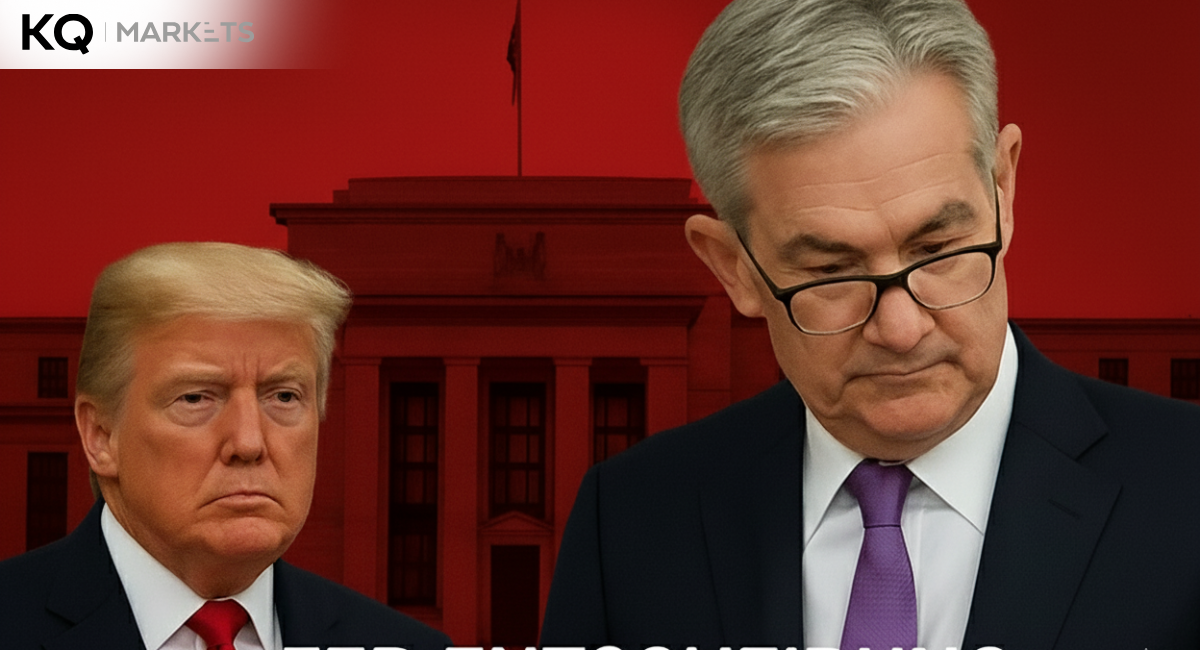The ECB (European Central Bank) has raised borrowing costs by 0.25 basis points. Meanwhile, the bank hiked its primary refinancing source to about 4% and the deposit rate to 3.75%. ECB implemented the decisions on 2nd August, raising interest rates across the Eurozone to a 22-year high record high. The last time the ECB raised borrowing costs to such highs was in 2001 when it attempted to increase the newly-launched euro value.
Generally, the moves aim to quell the persistently high cost of living. While the Eurozone inflation data dropped in 12 consecutive months through June from 6.1% in May to 5.5%, it remains higher than the 2% medium-term inflation target. The consecutive interest rate hike since last year rhymes with the US Federal Reserve approach. In any case, the ECB now says that data supports expectations for a further drop in inflation over the rest of 2023. But the cost of living might stay high with a rate higher than the target.
Experts clarify that the underlying inflation rate is high despite government measures showcasing positive signs. They believe past rate impacts get forcefully transmitted through the economy. Thus, financing challenges are increasingly dampening demand and have tightened again. Therefore, the situation makes it vital to attain the 2% target. The latest 0.25 basis point ECB rate rise was likely to occur, but recent research indicated that the economic slowdown now impacts Eurozone services & manufacturing sectors.
The ECB (European Central Bank) has raised borrowing costs by 0.25 basis points. Meanwhile, the bank hiked its primary refinancing source to about 4% and the deposit rate to 3.75%. ECB implemented the decisions on 2nd August, raising interest rates across the Eurozone to a 22-year high record high. The last time the ECB raised borrowing costs to such highs was in 2001 when it attempted to increase the newly-launched euro value.
Generally, the moves aim to quell the persistently high cost of living. While the Eurozone inflation data dropped in 12 consecutive months through June from 6.1% in May to 5.5%, it remains higher than the 2% medium-term inflation target. The consecutive interest rate hike since last year rhymes with the US Federal Reserve approach. In any case, the ECB now says that data supports expectations for a further drop in inflation over the rest of 2023. But the cost of living might stay high with a rate higher than the target.
Experts clarify that the underlying inflation rate is high despite government measures showcasing positive signs. They believe past rate impacts get forcefully transmitted through the economy. Thus, financing challenges are increasingly dampening demand and have tightened again. Therefore, the situation makes it vital to attain the 2% target. The latest 0.25 basis point ECB rate rise was likely to occur, but recent research indicated that the economic slowdown now impacts Eurozone services & manufacturing sectors.





